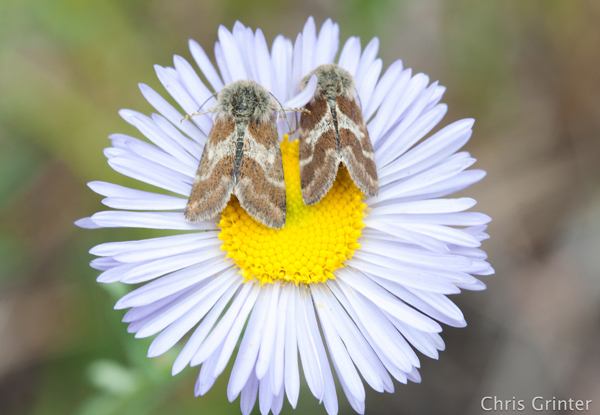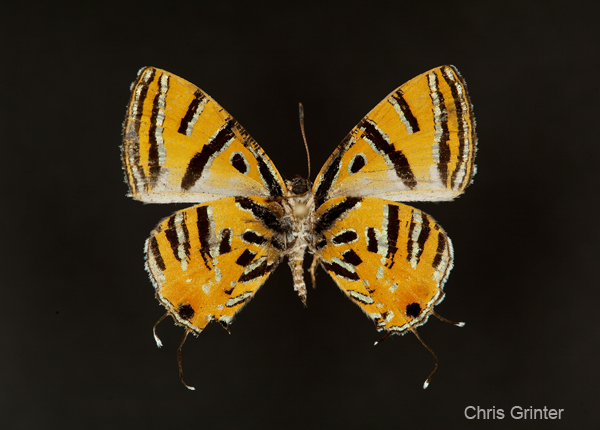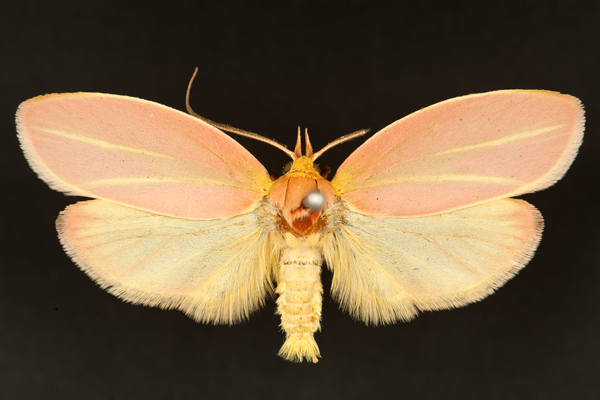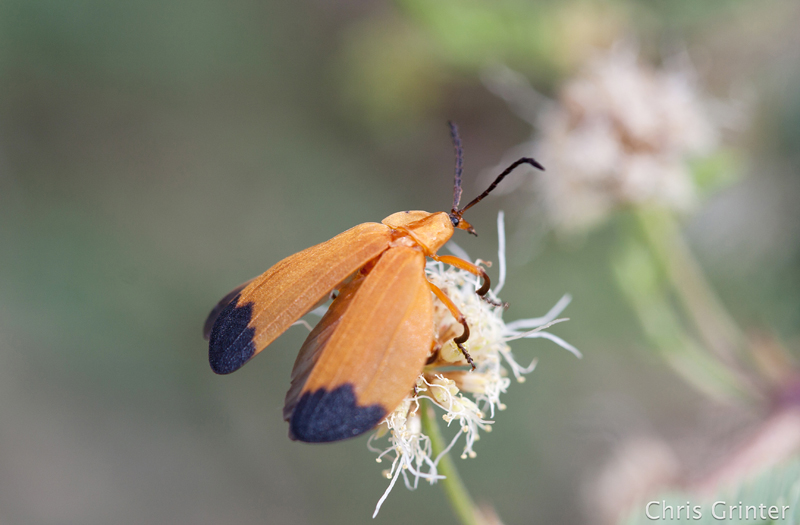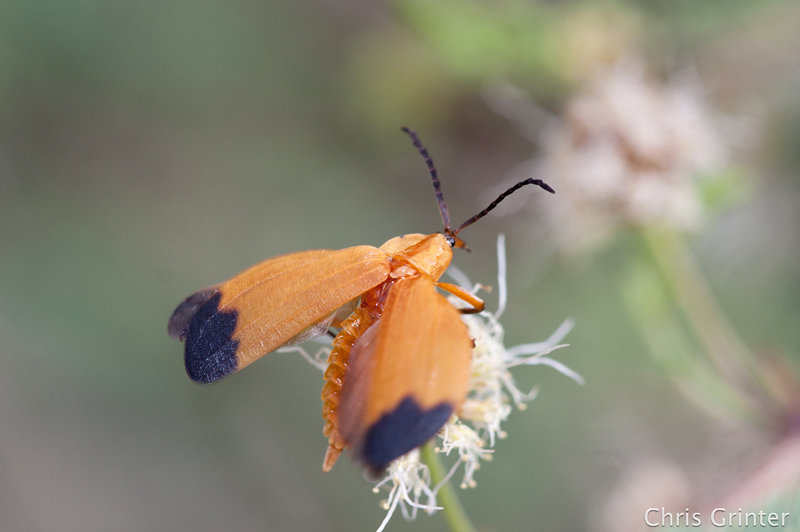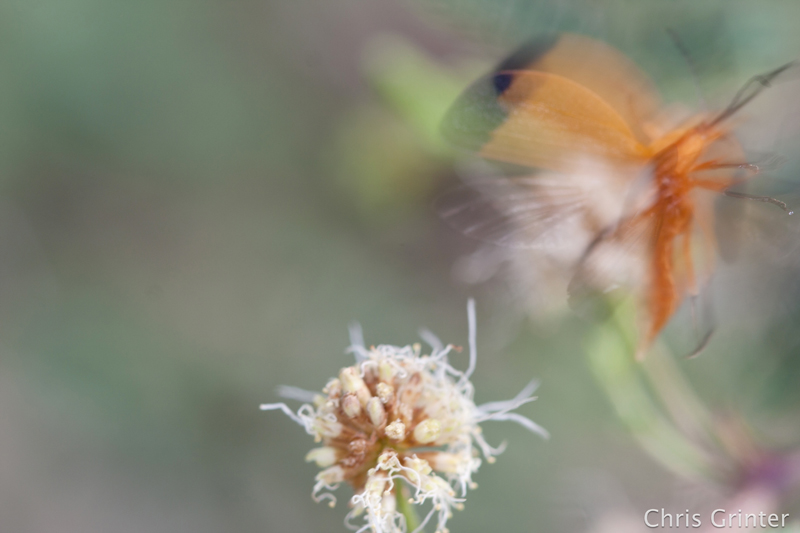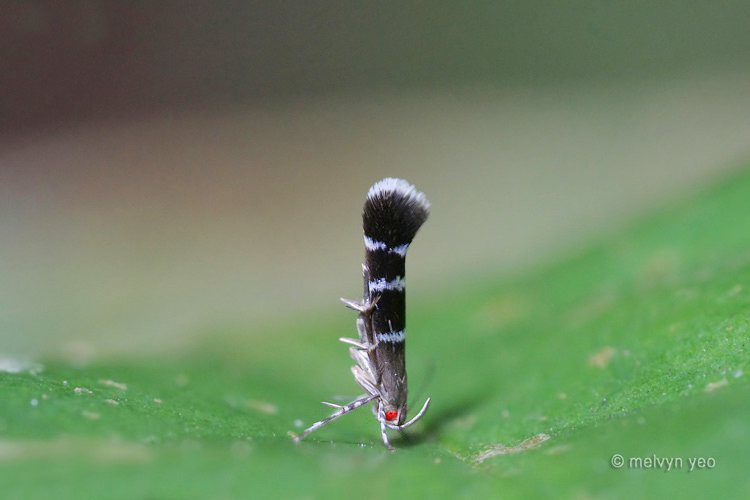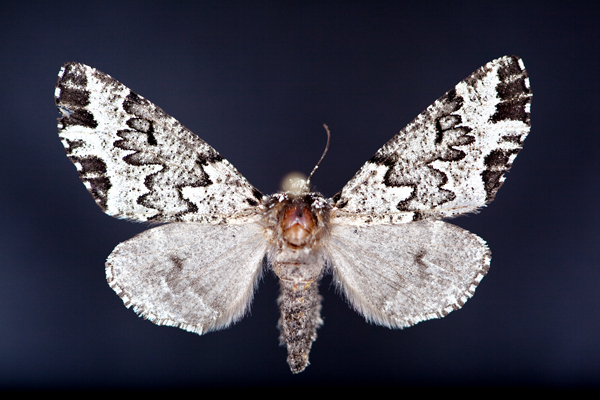Vers van de pers, de Miami Blue Butterfly (MBB) is nu vermeld als federaal bedreigd door middel van een noodvoorziening. Hoezo! (rechts?)
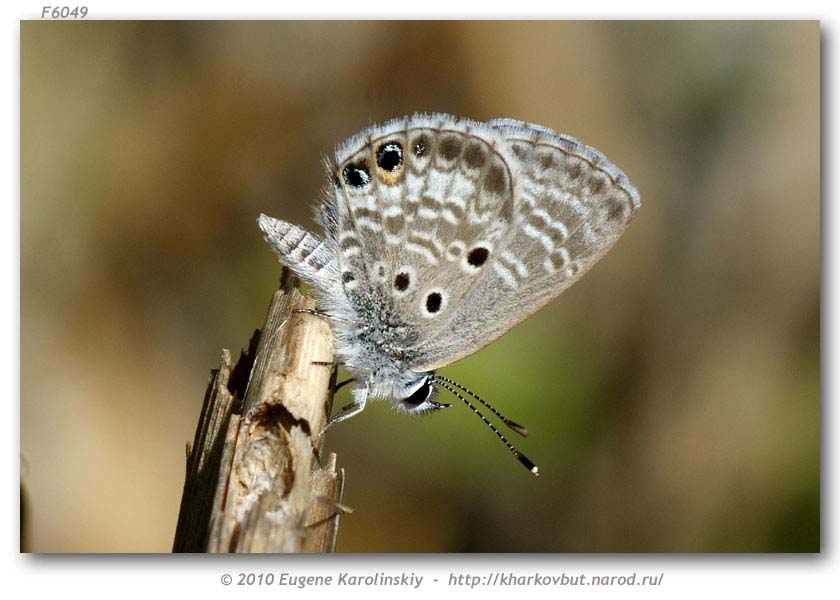
Miami Blue Butterfly uit Butterflies van Amerika
Mijn eerste gedachte was “wachten, was dit niet? al bedreigd?”. Ja, blijkt de MBB is state-bedreigde sinds 2002 na een eerder noodverzoek ingediend door de North American Butterfly Association (Ook). Deze maatregel leek alomvattend genoeg aangezien deze vlinder nergens anders in de VS voorkomt. Maar dat is geen belangrijk detail en ik zie geen echt kwaad in het federaal vermelden van een andere vlinder. De Florida Keys hebben zeker alle hulp nodig die ze kunnen krijgen als het gaat om de bescherming van het milieu.
Als bedreigde diersoort is de Miami Blue (Cyclargus thomasi bethunebakeri) is een noordelijke verspreidingsgebied van een soort die komt vaak voor in het Caribisch gebied. Of de Amerikaanse immigrant echt onderscheidend genoeg is om een eigen ondersoort te rechtvaardigen, is niet iets waar ik echt iets over kan zeggen, aangezien ik helemaal geen vlinderman ben. Ik schuw het hele idee van een ondersoort enorm, maar hey, Ik denk dat deze vlinderjongens iets te doen hebben! Het lijkt mij ook logisch dat de toestroom van emigrantenblauwtjes vanzelf in overvloed zou veranderen boven de zuidkust van Florida. In het begin van de jaren vijftig waren deze insecten bijna overal in de staat overvloedig aanwezig op de stranden. De laatste 60 oneven jaren waren wreed voor Florida – ontwikkeling en muggenbestrijding heeft verwoest wat vroeger een ongerepte leefomgeving was. Alle van de vlinders lijden.
Toen realiseerde ik me dat er iets was zeer vreemd over deze aankondiging: the emergency provision is also listing all similar blues that share habitat with the MBB as threatened and therefore protected! Waarom? Because they look like the MBB. These blues include the Cassius blue (Leptotes cassius), Ceraunus blue (Hemiargus ceraunus), and the Nickerbean blue (Cyclargus ammon). Let’s get one thing straight – both the Cassius and Ceraunus blues are not in any way actually threatened nor even rare. They can both be – incredibly abundant species with a range that spans all of the Carribbean, the gulf coast west to California and inland strays to the midwest!
So I ask, how could this have passed?

Gary Larson, The Far Side
Oh that’s right – fear mongering brought to you by the radically anti-collecting North America Butterfly Association. NABA beschouwt verzamelen als een van de grootste gevaren voor vlinderpopulaties, ondanks het ongelooflijke gebrek aan bewijs. Ja, elke verzamelaar die er is, draagt een kwaadaardige zwarte cape en maakt er hun levenswerk van om schoonheid van de wereld te doven. Op de een of andere manier is deze organisatie erin geslaagd de USFWS ervan te overtuigen dat ze een punt hebben. Ik kan deze bepaling geen recht doen, dus hier is het exacte citaat.
In aanvulling, de Service geeft een 4(d) speciale regel voor deze soorten om verbodsbepalingen op het verzamelen en commerciële handel binnen de Verenigde Staten vast te stellen. Deze actie verbiedt ook de invoer in, en exporteren van, de Verenigde Staten van de drie gelijkaardige vlinders. Anders legale activiteiten die van invloed kunnen zijn op deze soortgelijke vlinders, zoals legaal gebruik van pesticiden, gras maaien, en voertuiggebruik—zijn niet verboden. Uitbreiding van de inzamelverboden, bezit, en handel met de drie vergelijkbare vlinders zal meer bescherming bieden aan het Miami-blauw.
Ik ben echt sprakeloos. Goed, misschien kan ik nog een paar woorden beheren.
Ga je gang en maai je stukje leefgebied af en spuit er dan herbicide op. Maar je durft beter geen enkele blauwe te verzamelen… de USFWS kijkt mee.
Ze blijken ook nogal paranoïde te zijn. Zeker, stroperij komt af en toe voor, ongeacht welke soort je beschermt. Of het nu voor winst of eten is, een paar vreemde dieren zullen worden geplukt. Maar is er echt bewijs om dit niveau van gekte te ondersteunen?? De meeste citaten in de registrar zijn afkomstig uit zaken, geen peer-reviewed tijdschriften.
de dienst heeft vastgesteld dat het niet verstandig is om een kritiek leefgebied voor de blauwe vlinder van Miami aan te wijzen, omdat het publiceren van kaarten en beschrijvingen van kritieke leefgebieden op grote schaal de exacte locatie van de vlinder aan stropers bekend zou maken, verzamelaars, en vandalen en kan verstoring en vernietiging van het leefgebied van de vlinder verder vergemakkelijken.
Oh ik hou van citaten: (bron)
maar geeft ook aan dat er geen bewijs of informatie is over de huidige of vroegere collectiedruk op de Miami Blue (FWC 2010, p. 13)… Hoewel we geen bewijs hebben van illegale verzameling van de Miami Blue, we hebben bewijs van illegale verzameling van andere vlinders uit federale landen in Zuid-Florida …
…Dezelfde website biedt exemplaren van twee andere vlinders die qua uiterlijk lijken op de Miami Blue; de ceraunus blue wordt momenteel verkocht voor € 4,00 ($5.57), en de cassiusblauw is verkrijgbaar voor € 2,50-10,00 ($3.48-$13.93).
… Daarom, het is heel goed mogelijk dat verzamelaars die gemachtigd zijn om soortgelijke soorten te verzamelen onbedoeld (of doelbewust) verzamel de Miami blauwe vlinder denkend dat het was, of van plan zijn te beweren dat ze dachten dat het zo was, het cassiusblauw, nickerbean blauw, of ceraunus blauw
Begrijp me niet verkeerd – aanvullende financiering en bescherming voor een zeldzame soort kan nuttig zijn zolang het leefgebied wordt beschermd. Het lijkt er echter op dat de overgrote meerderheid van de fondsen de neiging heeft om in fokprogramma's in gevangenschap te gaan die ongetwijfeld veel goeds zullen doen. Als de vlinder van de eilanden verdwijnt, zal het vrijgeven van wolken ervan alleen maar mooie foto's opleveren en geen geredde soort.
Ik zal een gevraagde opmerking indienen en ik raad u aan hetzelfde te doen. Reageer hier voor oktober 11, 2011: Federaal portaal voor e-regelgeving: http://www.regulations.gov. Volg de instructies voor het indienen van opmerkingen bij Docket No. [FWS – R4 – ES – 2011-0043]. Of schrijf naar: ONS.. post of handbezorging: Openbare reacties verwerken, tav: Doknummer. [FWS – R4 – ES – 2011-0043]; Afdeling Beleid en Richtlijnen Beheer; ONS.. Vis- en natuurservice; 4401 N. Fairfax-station, MS 2042–PDM; Arlington, zullen 22203..
